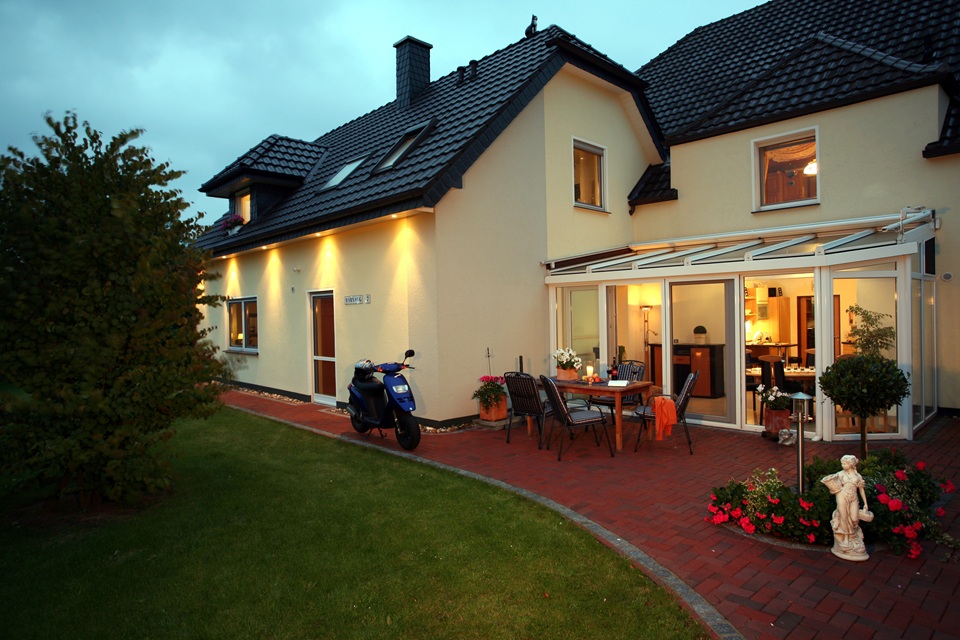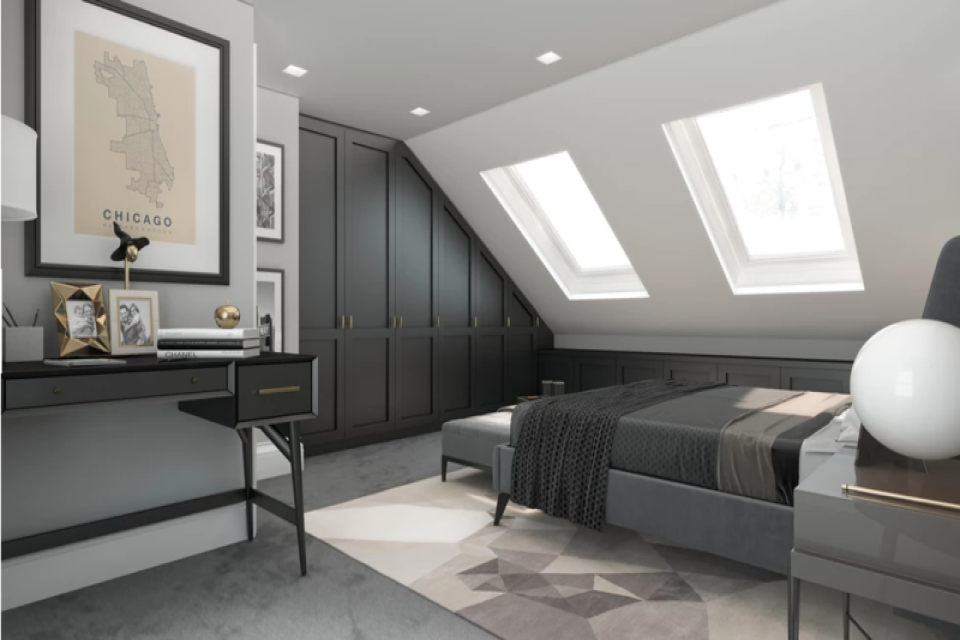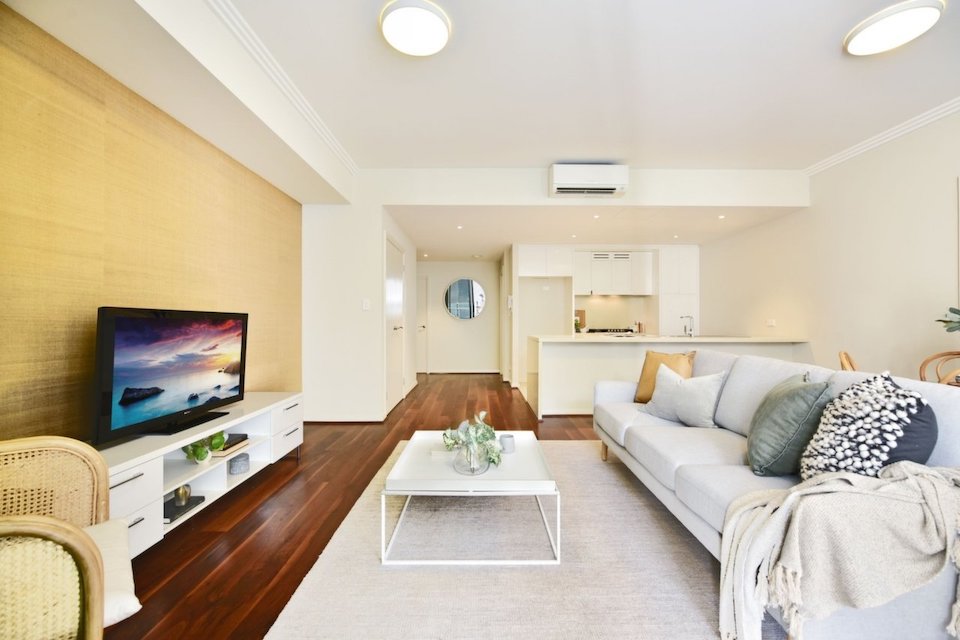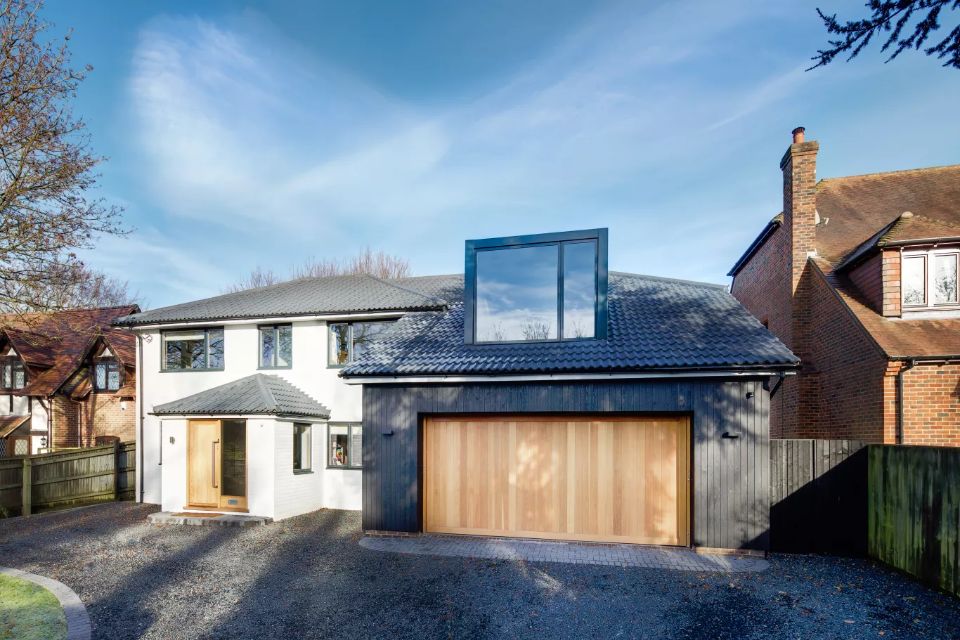How Much Does a Lean-To Conservatory Cost?
One of the most popular and cost-effective ways to expand your home is to build a lean-to conservatory. Lean-to conservatories get their name from their simple, sloped roof that ‘leans’ against an exterior wall on a property.
This style of extension is perfect for smaller homes, such as bungalows and terraced houses, or properties that have limited yard or garden space. A lean-to conservatory allows homeowners to enjoy a little extra room, some natural light and all the biophilic benefits you get by connecting your garden or yard to your home.
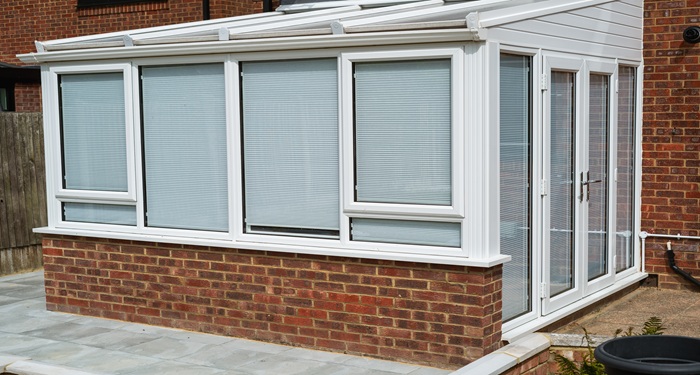
The cost of a lean-to conservatory can vary quite a great deal depending on the size of the extension, the materials you opt for and some other added features, like glazing options and technology.
A basic lean-to conservatory starts at around £6,000 – £8,000, which usually includes standard uPVC frames and polycarbonate roofing, whereas a mid-range model that includes upgraded flooring, double-glazing, and basic heating may cost between £10,000 – £15,000.
For a premium, bespoke design, complete with luxury features like solar glass, underfloor heating, and custom features, expect to pay upwards of £20,000 – £30,000.
Lean-To Conservatory Prices
As mentioned, the price for a lean-to conservatory shifts based on the specifics of the project, from dimensions and materials to features and the location of your home.
A smaller 3x3 m uPVC conservatory with polycarbonate roofing may cost £6,500 – £9,000, while a 4x3 m design with double glazing and a tiled roof could cost around £12,000 – £16,000.
Larger structures, such as a 5x4 mm conservatory with high-performance solar control glass and aluminium frames, might range from £18,000 – £25,000.
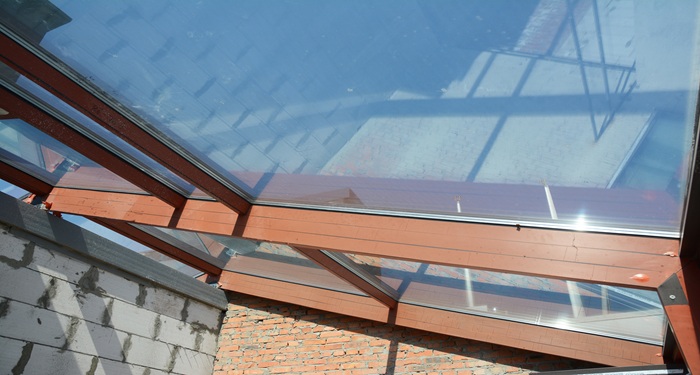
A key consideration for a lean-to conservatory is the glazing you opt for, keeping in mind that a conservatory is made up of a lot of windows and glazing elements.
Polycarbonate is typically the cheapest option, while double-glazing increases thermal efficiency and cost. For superior insulation, solar control glass or triple glazing may add several thousand pounds to the project.
Your selection of frame material also influences the overall price, with standard white uPVC being the most budget-friendly, although aluminium offers a modern, durable finish but costs more, and timber comes in as the most expensive, offering classic aesthetics but requiring more maintenance.
Here’s a helpful table to help you visualise the prices and how they change based on various factors.
| Size | Glazing | Roof Type | Frame Material | Estimated Cost |
|---|---|---|---|---|
| 3x3m | Polycarbonate | Polycarbonate | uPVC | £6,000 - £8,000 |
| 4x3m | Double Glazing | Glass | uPVC | £8,000 - £10,000 |
| 5x4m | Solar Control Glass | Tiled/Solid Roof | Timber | £12,000 - £15,000 |
- How Much Does a Lean-To Conservatory Cost?
- Lean-To Conservatory Prices
- Cost Breakdown by Roof Type
- What are the Supply Costs for a Lean-To Conservatory?
- What are the Additional Costs of Installing a Lean-To Conservatory?
- Tradesmen's Costs for Installing a Lean-To Conservatory
- How Long Does It Take to Build a Lean-To Conservatory?
- Types of Lean-To Conservatories
- Factors Affecting the Cost of a Lean-To Conservatory
- Planning Permission and Building Regulations
- Benefits of a Lean-To Conservatory
- How Much Does It Cost to Remove a Conservatory?
- FAQs
Cost Breakdown by Roof Type
The type of roof used in a lean-to conservatory will affect not just the aesthetics of the completed result, but also the performance, and potentially most importantly, the cost.
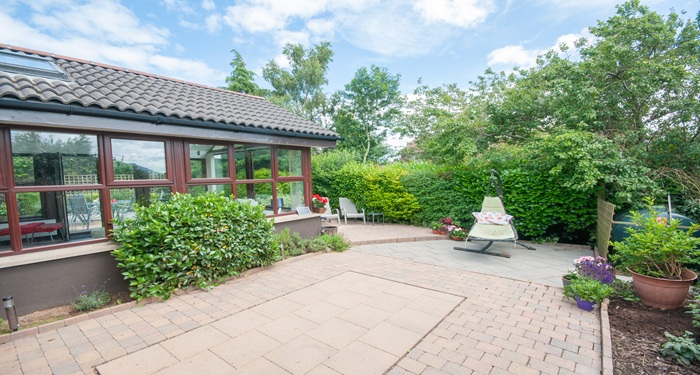
As a starting point, polycarbonate roofs are the most widely affordable, usually adding around £1,500 – £2,000 to the base price of a conservatory. However, while they are lightweight and inexpensive, they offer very little in the way of insulation and get incredibly noisy during rain and winds.
The most popular upgrade is a glass roof, as it offers much better insulation, soundproofing, and natural light. These typically cost around £2,500 – £4,500, depending on the type of glass and the size of the conservatory.
If you’re looking for the best thermal performance on offer, tiled or solid roofs are the way to go, offering year-round usage. However, they are significantly more expensive, often costing £5,000 – £8,000 extra, but they go a long way in terms of transforming the conservatory into a more permanent and integral part of the home.
What are the Supply Costs for a Lean-To Conservatory?
Materials and parts make up a large portion of the overall cost of a lean-to conservatory project, and here we explore them on their own. uPVC frames typically cost between £150 and £250 per metre, depending on the thickness and finish. For aluminium frames, they are priced higher, ranging from £300 to £500 per metre.
Timber frames are the most luxurious and expensive option, costing in excess of £600 per metre due to the extra craftsmanship required.
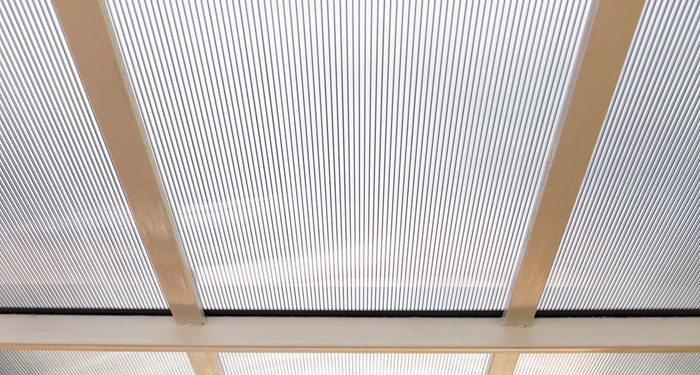
Roofing materials also vary in price and performance. Polycarbonate roof panels are priced around £15 – £25 per m², while glass panels range from £30 – £70 per m², and tiled or solid roofs may cost £80 – £120 per m².
Another key element of the conservatory is the doors. Usually, French doors are the preferred option, costing between £300 and £800, but there are some other options. Sliding doors range from £500 - £1,200, and bi-fold doors are around £1,500 - £3,000, depending on the width and material.
What are the Additional Costs of Installing a Lean-To Conservatory?
There are some key additional costs to be aware of as a homeowner when planning a new lean-to conservatory. Firstly, planning permission and adhering to building regulations may add some admin costs to the job, often around the region of £200 - £600.
In most cases, conservatories fall under the permitted development category, meaning that planning permission is not required; however, double-check with your contractor to make sure that this is the case for your project.
Listed or protected homes will not fall under this category and will need permission from the council to carry out any renovation work.
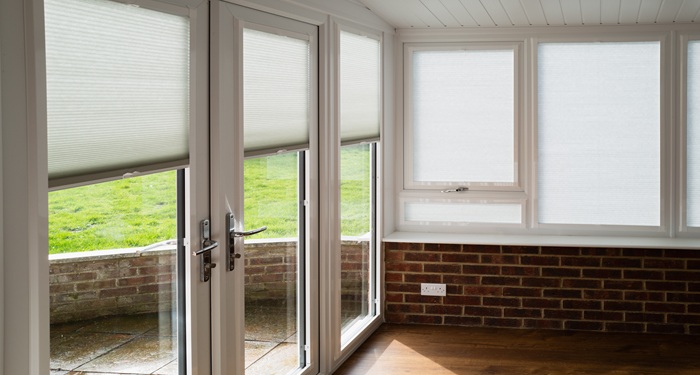
The installation of heating is another consideration. While in the summer months your conservatory will be perfectly fine and comfortable to spend time in, it can get incredibly cold in the winter months.
Fitting a radiator connected to your central heating system may cost £300 – £600, while underfloor heating ranges from £500 – £1,500, depending on type and room size. Electrical work for sockets and lighting may range from £200 to £800.
Don't forget the decor and interior design work that you will need to do once your conservatory is complete. Blinds and curtains will cost around £150 - £600, and furniture such as coffee tables and sofas can add between £500 - £2,000.
Guttering, drainage improvements, or additional foundations may also be required, especially for older homes or sloped gardens, and could increase the total price of fitting by £1,000 – £2,500.
Tradesmen's Costs for Installing a Lean-To Conservatory
Looking now at just the cost of tradespeople for a project, a builder will usually charge between £150 and £250 per day. The builder will be responsible for all of the groundworks and base construction, along with the integration with the main house. You will then need a window fitter to install all of the glazing elements, who charges a similar price to builders.
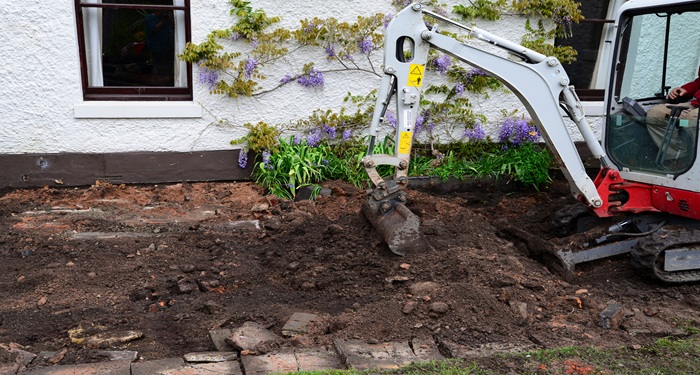
Looking now at the electrics for the lighting, heating and sockets, an electrician charges £200 - £400 per day, depending on the complexity of the job and the amount that requires installing.
In most cases, you will be able to employ a general conservatory specialist, who will provide a full package, which means you won’t need to find various tradespeople to do different aspects of the job. On average, a full lean-to conservatory installation can take 1–3 weeks, with labour making up £3,000 – £6,000 of the overall installation cost.
How Long Does It Take to Build a Lean-To Conservatory?
For a small, basic 3mx3m conservatory, with a polycarbonate roofing and minimal internal work, you can expect this to be built within 7-10 working days. For a mid-range option with heating, electrics, and glass roofing, the duration may extend to around 2–3 weeks.
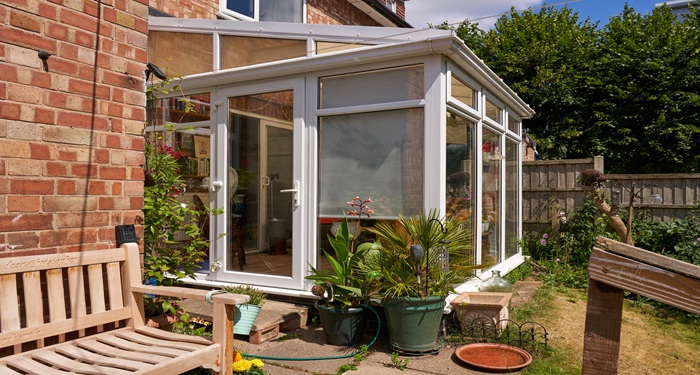
For bespoke, high-end conservatories with solid roofs, custom finishes, and integrated systems, you can expect this to take up to 4–5 weeks from start to finish. This includes time for ground preparation, frame assembly, roofing, glazing, and internal work such as flooring, plastering, and electrics.
Types of Lean-To Conservatories
There are a few different styles of lean-to conservatories to consider, and each of them has its own advantages and appeals. Firstly, uPVC lean-to conservatories are the most popular and affordable and above all else, they are very low maintenance. The only drawback is that they don’t match up in aesthetic appeal to the other versions.
The prices for uPVC styles start at around £6,000 for a basic 3m x 3m model.
Aluminium lean-to conservatories offer a modern, slimline look and boast superior strength. They are ideal for larger panes and bi-fold doors, but aluminium frames are more expensive, often starting at £10,000 – £12,000 for a mid-sized build.
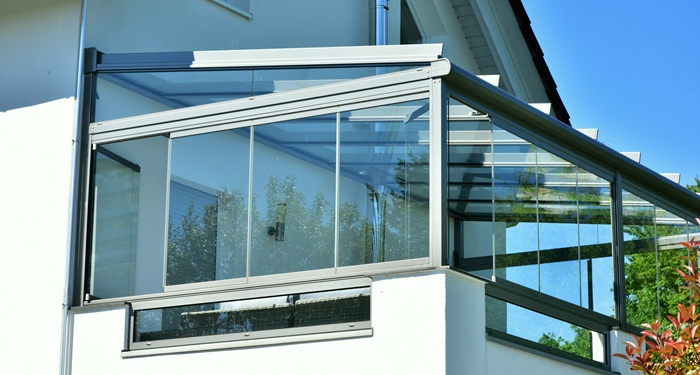
Timber-framed conservatories provide a traditional aesthetic that suits period properties. While beautiful and eco-friendly, timber requires regular maintenance and can be costly. Prices usually start at £15,000, especially when bespoke joinery is involved.
Factors Affecting the Cost of a Lean-To Conservatory
Let’s take a look at the factors that impact the cost of a lean-to conservatory the most. An obvious starting point is the size of the conservatory - the larger the conservatory, the more costly it is.
Materials are the next biggest consideration, as we have explained, some materials are considerably more expensive than others; however, while more expensive, they do often boast far better performance and aesthetic appeal.
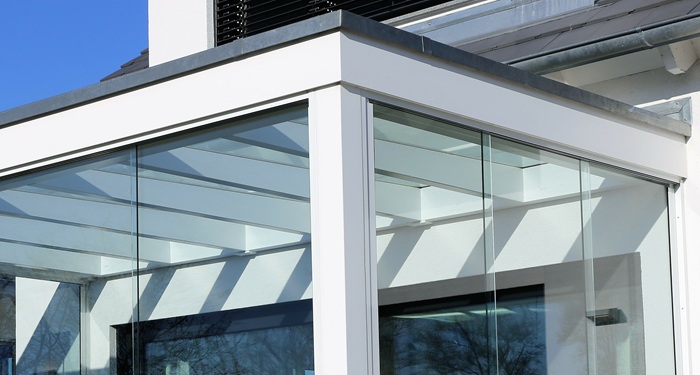
Glazing type influences both performance and cost, and you should think long and hard about exactly what you want from your glazing. Basic double glazing is standard, but solar control or triple glazing can greatly improve energy efficiency, although it will add £1,000 – £3,000 to your total.
Planning Permission and Building Regulations
As we touched on earlier in the article, the majority of lean-to conservatories fall under permitted development rights and, as such, do not require any planning permission. However, there is a criteria for this.
Firstly, they must not exceed 3m in depth for attached homes or 4m for detached properties. Next, they must not cover more than half the garden, and finally, not exceed the height of the original home.

However, if you live in a conservation area, a listed building, or wish to build a large or high structure, you may need to apply for planning permission. This can add several weeks to your timeline and £200 – £600 in costs.
Benefits of a Lean-To Conservatory
The benefits of a lean-to conservatory are clear to see. Firstly, it is one of the most cost-effective ways to add value to your home by increasing the amount of usable space. Whether you want to use it as a playroom, an office or even a dining room, you are essentially adding a room onto your property.
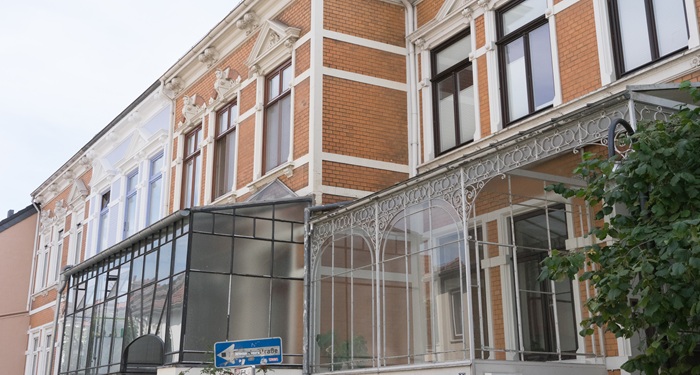
The flat, angled roof design allows it to slot easily beneath existing upper windows, making it ideal for bungalows or houses with low rooflines. The addition of glazing maximises natural light, creating a bright and airy interior that connects your indoor and outdoor spaces.
Aside from aesthetic and functional benefits, a well-constructed conservatory can enhance your home’s market value and energy efficiency, particularly if you opt for double or triple glazing and proper insulation.
How Much Does It Cost to Remove a Conservatory?
If you want to remove an old conservatory, maybe for an upgrade or just to get the space back for something else, the cost ranges from £1,000 to £3,000. Of course, this depends on the complexity and the size of the conservatory, not to mention the disposal of all the materials and waste. Bear in mind that a lot of landscaping and patio work will need to be done as well to restore the space to a suitable level.

FAQs
Q: Do I need planning permission for a lean-to conservatory?
A: In the majority of cases, you will not need planning permission for a lean-to conservatory as they fall under permitted development rights. However, if you live in a conservation area or in a listed or protected building, you will need to gain approval. There are a few additional restrictions detailed in the section above.
Q: How long does a lean-to conservatory last?
A: With proper maintenance, uPVC conservatories can last as long as 25 years, while aluminium or timber options can last even longer, again, especially with high-quality materials and regular upkeep.
Q: What is the best roof for a conservatory?
A: It all depends on what you want to use the space for and the budget you have at your disposal. Glass roofs are a popular choice for their balance of light and insulation, whereas tiled roofs offer superior insulation and year-round use but are more expensive.
Polycarbonate is affordable but offers low thermal performance, and its aesthetic appeal is much lower than other styles.
Q: Can I use a lean-to conservatory in winter?
A: Yes, if it's insulated properly and fitted with suitable heating. Double glazing, solid roofing, and underfloor heating can all help make the space comfortable during colder months.
Q: Does a conservatory increase house value?
A: Yes, a well-built conservatory can increase property value, particularly if it's integrated well with the rest of the house and offers practical living space.

